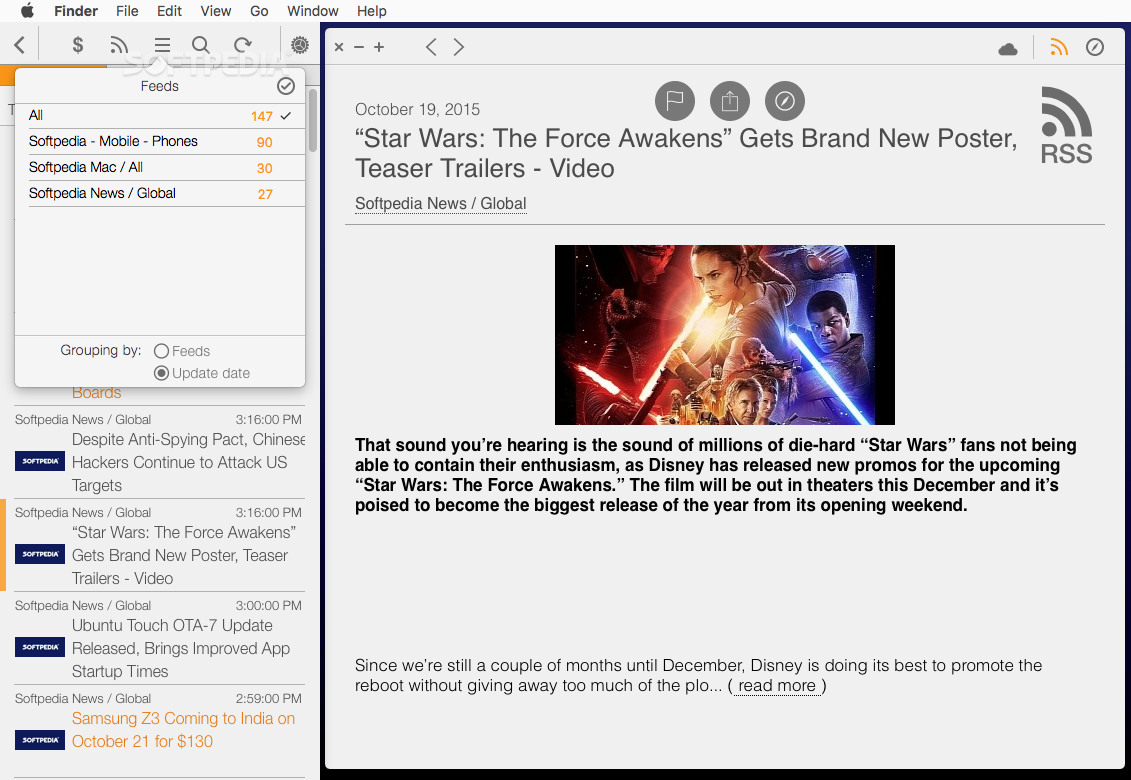
Platforms like Bloglovin’ also make it easy, as they can insert correct hashtags via the platform. If you’re a brand or retailer that’s looking to reap the benefits of influencers and comply with the FTC guidelines, Lee suggests marking the FTC guidelines in an influencer’s contract. “On blog posts, it should be disclosed at the beginning of the post, preferably right above or below the hero image, and not all the way at the end of the post,” said Lee. While social media may be the biggest target for regulators, there are also important considerations for other channels, such as the influencer’s own blog. It also shouldn’t be mixed in with a bunch of other hashtags, and should be above the ‘more’ button under the image.” “For example, on Instagram, #ad #advertisement is preferred, but #collab #partnership aren’t clear enough as a disclosure. “When works with brands and influencers on a collaboration, we always brief brands on the latest requirements from the FTC, and how it may differ between mediums,” said Lee. Kamiu Lee, VP of Business Development & Finance at Bloglovin’, told Retail TouchPoints that if sponsored content is not properly disclosed by the influencer, it’s the brands and retailers that will have to face the storm. Most recently, the FTC sent reminder letters to 90 or so influencers and marketers to ensure they are adding the correct disclosures within sponsored social media posts. As influencer marketing continues to gain steam in both the B2C and B2B communities, regulations from the Federal Trade Commission (FTC) are becoming stricter, and new tools/bots are creeping in to make it harder to trust advertised follower counts and “likes.” I’ve been writing about the benefits of influencer marketing for a few months now, but with these potential benefits come some serious issues that all brands and retailers need to be aware of.


The Not-So-Sexy Side Of Influencer Marketing


 0 kommentar(er)
0 kommentar(er)
